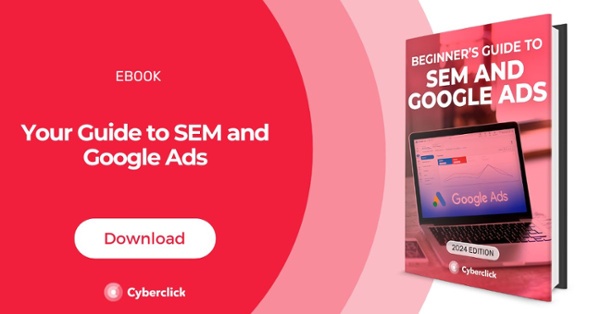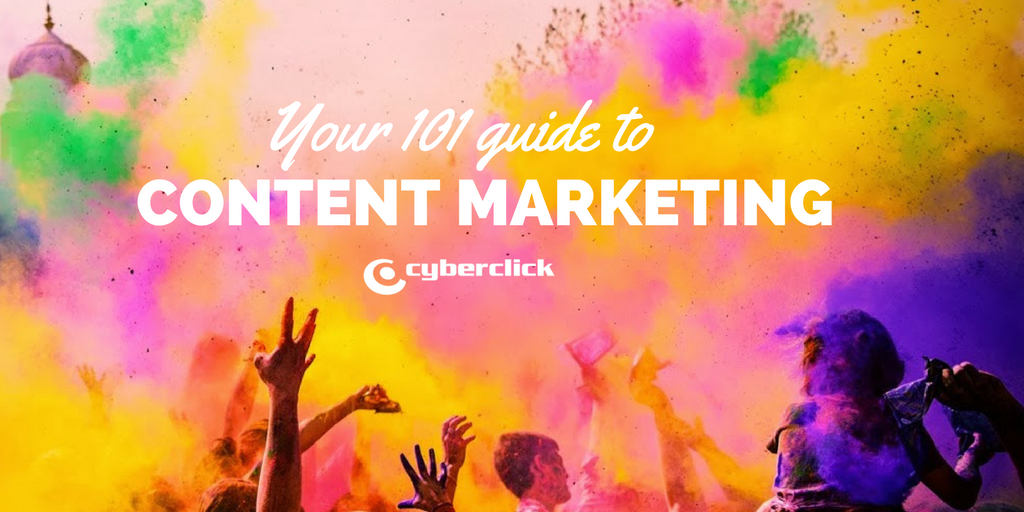In the dynamic world of Search Engine Optimization, staying ahead of the competition requires constant vigilance and adaptation. Consistently updating and reviewing your SEO strategies is crucial for maintaining visibility and driving traffic. To help you do this, we have created a comprehensive SEO audit checklist for 2024, so that you can make sure that your website aligns with the latest trends and algorithm updates, covering everything from on-page and off-page SEO, to technical SEO and content strategies. Let’s jump right in!

Technical SEO
1. Site Speed
With Google’s emphasis on user experience, site speed remains a top priority. Use tools like Google PageSpeed Insights and Lighthouse to identify performance bottlenecks and apply recommended changes like compressing images, leveraging browser caching, and minimizing JavaScript.
2. Mobile Optimization
According to SemRush, over 60% of Google searches in the US come from mobile devices, and in October 2023, Google announced that it had finally completed its shift to Mobile-first Indexing. Verify your website’s responsiveness on different devices and make sure it is fully optimized for mobile devices, by using tools such as Lighthouse to help you. Responsive design, readable text sizes without zooming, and easy navigation are essential for a good mobile user experience.
3. Secure Connections (HTTPS)
Security is a top priority for both users and search engines. Verify that your site is secured with HTTPS to encrypt data transmitted between your server and users, protecting the integrity and confidentiality of that data. It’s a trust signal for users and a ranking factor. Check for mixed content issues, where HTTPS pages incorrectly load HTTP content, which can cause security warnings in browsers.
4. Crawl Errors
Use Google Search Console to identify and resolve any crawl errors and fix them to guarantee that Google can index your site effectively. This includes broken links, improperly redirected pages, and any issues that prevent Google from indexing your site correctly.
5. Index Management
Make sure Google only indexes one version of your site to prevent duplicate content issues, which can dilute your SEO efforts and confuse search engines. Check that the canonical tag is used correctly on each page to point search engines to the primary version of content, and verify your site’s configuration in Google Search Console to ensure only the preferred domain (either www or non-www, HTTP or HTTPS) is being indexed.
On-Page SEO
1. Title Tags and Meta Descriptions
Every page should have a unique title and description that includes main keywords, adheres to character limits, and compels clicks. Review and update these elements to be sure they remain relevant and are optimized for click-through rates.
2. Headings Structure
Use a logical structure for your content with H1 for main titles that should be clear and descriptive, followed by H2s and H3s for subsections. This structures content effectively for readability. Remember to incorporate relevant keywords in a natural way.
3. Image Optimization
Compress images to reduce load time, use descriptive file names, and include alt text with relevant keywords to improve accessibility and context.
4. Internal Linking Structure
Analyze the internal links on your website to guarantee they are optimally structured. Internal links help spread link equity throughout your site and improve navigation for users. Use descriptive anchor text and check that important pages are appropriately linked.
5. Navigation and Site Structure
Efficient navigation and a well-organized site structure are crucial for both user experience and search engine crawling. A logical layout helps users find information quickly and guides search engine bots through your site’s content effectively, reducing bounce rates, increasing chances of engagement and overall boosting performance. Navigation should be intuitive and your pages logically connected, making use of breadcrumb trails and a sitemap.
Off-Page SEO
1. Backlink Profile
Assess the quality and quantity of external sites linking to your website. Running a backlink audit and analyzing your backlink profile using tools such as SemRush or Moz can alert you to unhealthy links and identify opportunities for high-quality backlinks. Focus on acquiring high-quality backlinks from reputable sources in your industry to boost your site’s authority and rankings.
2. Social Signals
Check for proper integration of social media on your website. Social signals are not a direct ranking factor but they can help amplify your content’s reach and generate additional traffic. Social sharing buttons should be visible and functional, and content should include easily shareable elements like images or important quotes.
Content Strategy
1. Content Quality
Update old content and add new, high-quality articles that focus on creating comprehensive, authoritative content that addresses user questions and incorporates current SEO best practices. All content must provide real value to users and address their search intent.
2. Keyword Optimization
Regularly update your keyword research to reflect and adapt to current trends and user behavior. By performing keyword research using different tools, you can get insights into what your target audience is searching for. You can also try focusing on long-tail keywords for better targeting and less competition.
3. Content Gaps
Perform a competitive analysis to identify any gaps or topics in your content that competitors are covering and you aren’t. Create unique, high-quality content that fills these gaps.
By following this detailed checklist, you can make sure that your site not only aligns with the latest SEO best practices but is also set up for future success. The truth is that your SEO will never be “complete”, it will always be about continuous improvement and adaptation. To help you on this journey, we also recommend using these 15 tools that will help you monitor your site’s SEO performance and identify areas for improvement.
Responsable de la estrategia de contenidos y visibilidad en Cyberclick, con enfoque Allbound y especialización en posicionamiento SEO, GEO y automatización con IA. Gestión avanzada del CRM con HubSpot: base de datos, workflows, lead nurturing, scoring y reporting. Experiencia en marketing digital, comunicación corporativa y periodismo, uniendo estrategia, creatividad y tecnología para captar y convertir leads cualificados.
Responsible for content and brand visibility strategy at Cyberclick, with an Allbound approach and specialization in SEO, GEO (Generative Engine Optimization), and AI-powered automation. Advanced HubSpot CRM management: database segmentation, workflows, lead nurturing, scoring, and reporting. Background in digital marketing, corporate communications, and journalism—combining strategy, creativity, and technology to attract and convert qualified leads.






Leave your comment and join the conversation